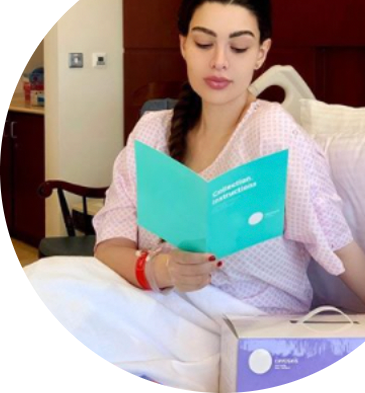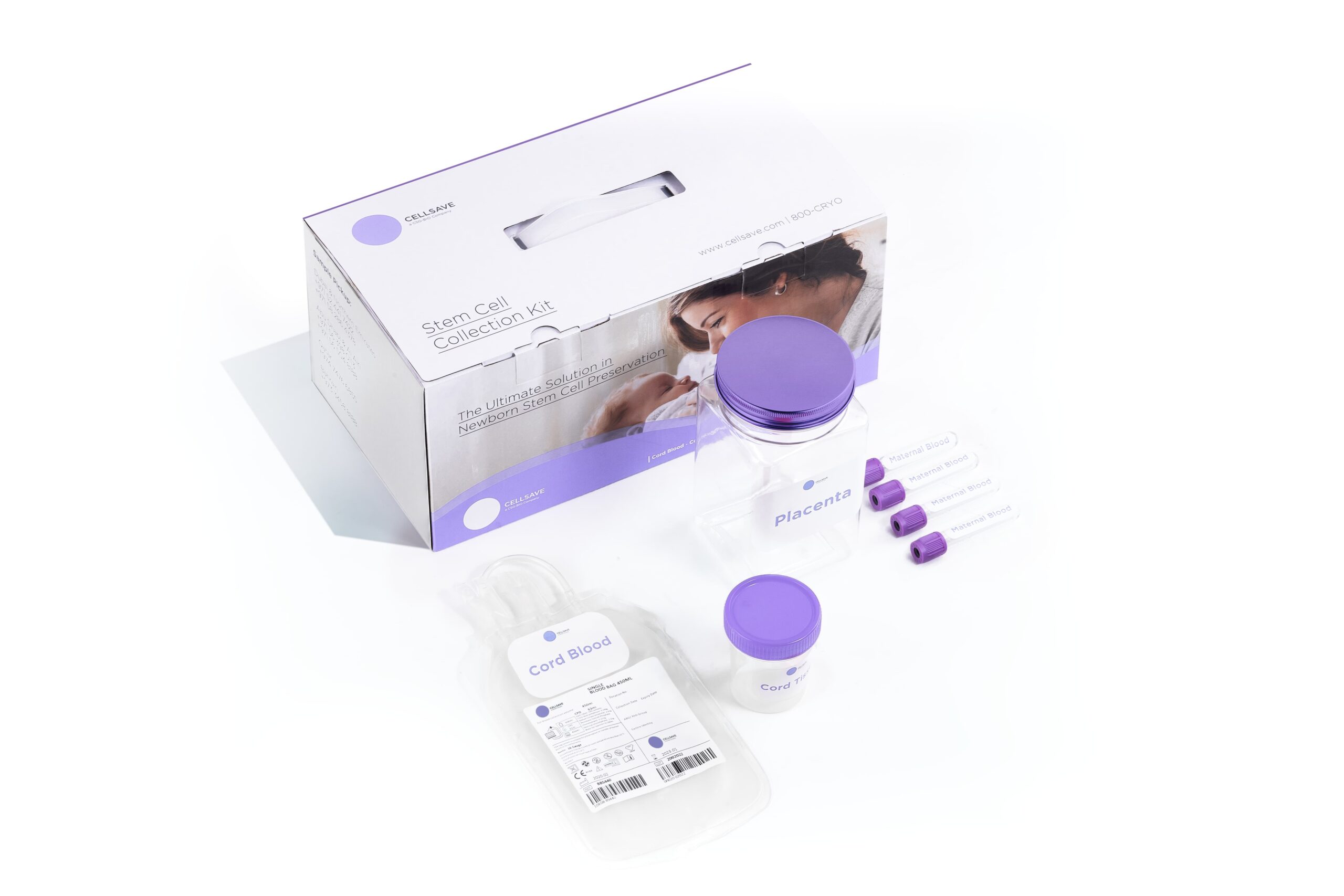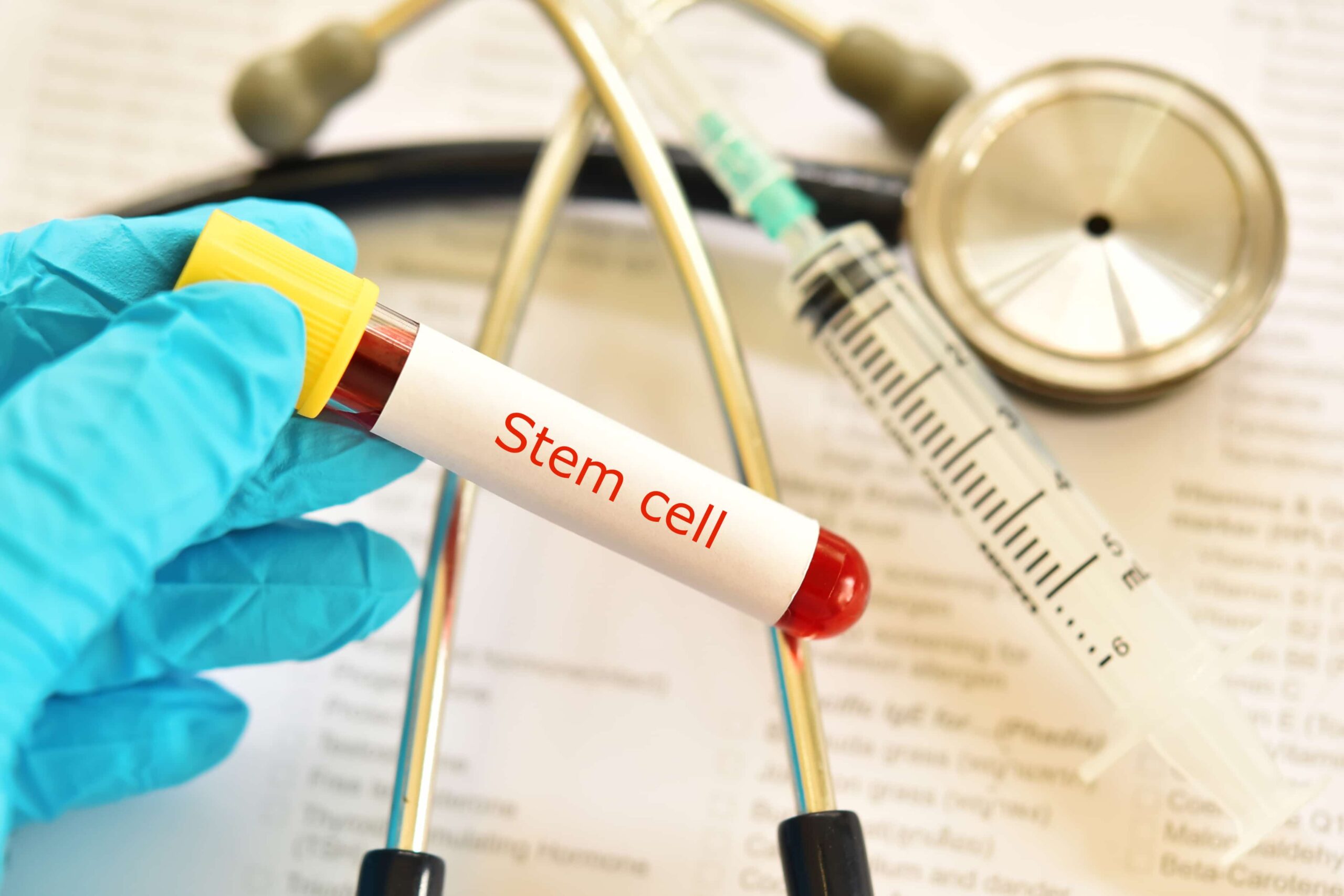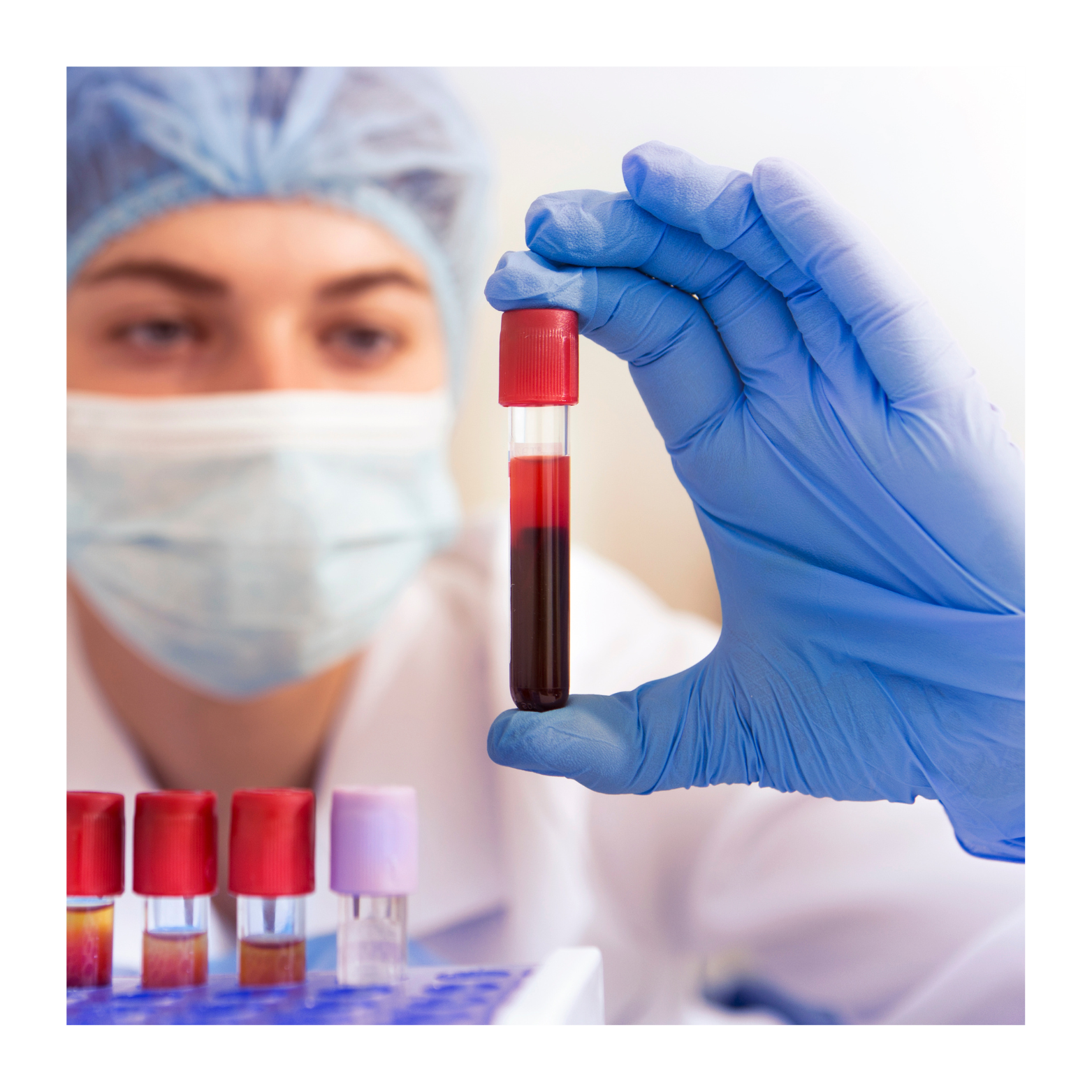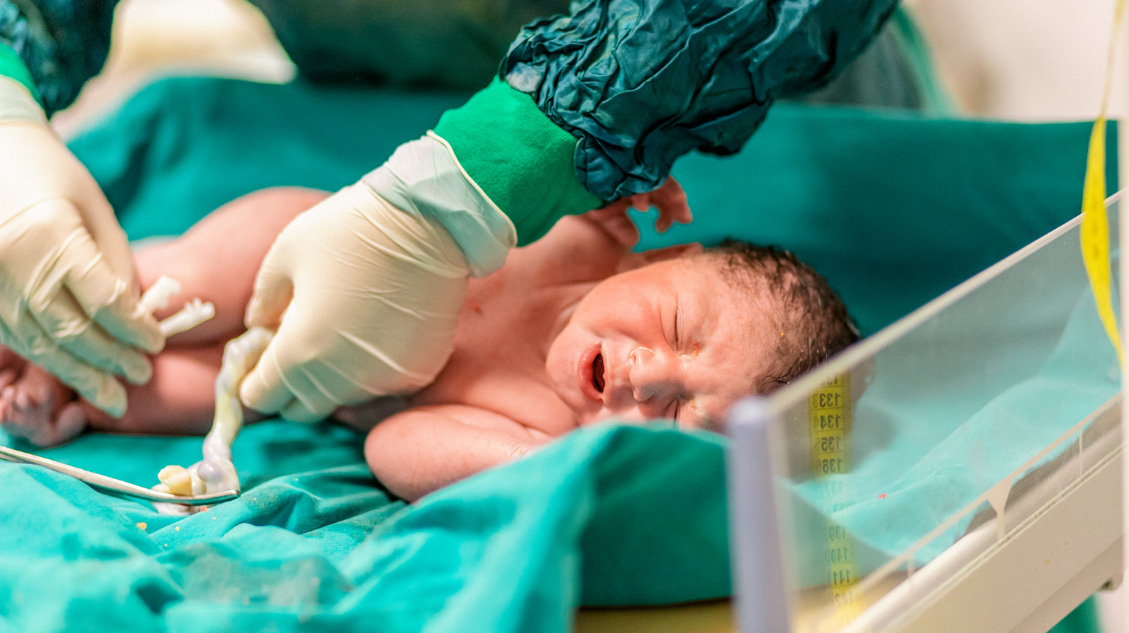As expectant parents in the UAE explore the world of stem cell banking, it’s essential to understand the components and uses of a stem cell banking kit. In this comprehensive guide, we’ll delve into the elements of these kits, the processes involved, and what families can expect when opting for cord blood, tissue, and placenta banking.
The Importance of Stem Cell Banking Kits
Stem cell banking kits play a crucial role in preserving newborn stem cells, which hold immense potential in regenerative medicine. A high-quality kit will provide the necessary tools for the safe and efficient collection, transportation, and storage of these valuable cells. By choosing an AABB-accredited bank, families can have peace of mind knowing their baby’s cells are in expert hands.
What’s Inside a Stem Cell Banking Kit?
A typical stem cell banking kit includes the following components:
- Collection Bag: Used to store the umbilical cord blood, rich in hematopoietic stem cells (HSCs), which can differentiate into various blood cells.
- Clamps: Designed to securely clamp the umbilical cord, ensuring proper blood flow and preventing leakage during collection.
- Needles: Sterile needles are provided for the safe and hygienic extraction of cord blood from the umbilical vein.
- Tubing: The tubing facilitates the smooth transfer of cord blood from the collection site to the storage bag, reducing contamination risks.
- Transportation Kit: A temperature-controlled kit ensures the optimal environment for the stem cell sample, protecting it from potential damage during transit.
- Placenta Bags: A biohazard bag specifically designed for the safe and secure transportation of the placenta.
- Maternal Blood Sample Tubes: Five tubes are provided to collect and test maternal blood for diseases and infections, ensuring the safety and quality of the stored stem cells.
- Cord Tissue Container with DMSO Solution: This container keeps the cord tissue viable until processing by maintaining optimal conditions for cell preservation.
- Sterile Gauze Swabs: Used for cleaning and preparing the collection site to minimize contamination risks.
- Alcohol Pads: Provided for additional sanitation and disinfection during the collection process.
Cord Blood Collection Process
The collection process for cord blood, cord tissue, and the placenta typically takes place immediately after the baby’s birth. Healthcare providers follow these steps to ensure the safe and efficient extraction of stem cells from each source:
- Cord Blood Collection: Cord blood is collected by extracting blood from the umbilical vein into a collection bag using sterile needles.
- Cord Tissue Collection: Cord tissue is obtained by carefully retrieving a segment of the umbilical cord and placing it in a container with a specialized solution for cell preservation.
- Placenta Collection: Once the umbilical cord is clamped and cut, the placenta is placed in a biohazard bag for secure transportation to the stem cell bank.
By following this procedure, the valuable stem cells present in cord blood, cord tissue, and the placenta can be successfully harvested for potential future therapeutic uses.
Stem Cell Storage Costs in the UAE
Stem cell storage prices in the UAE can vary depending on the banking facility and the chosen package. Some factors influencing the cost include the processing method, storage period, accreditation facilities and additional services offered by the bank. At CellSave, we offer flexible payment plans to cater to different needs and budgets, with options like CryoAdvanced starting at AED 1,125 per month on a 12-month payment plan.
Understanding the components and uses of a stem cell banking kit is crucial for UAE families considering newborn stem cell storage. By choosing a reliable, AABB-accredited bank and understanding the collection and storage processes, parents can confidently invest in their baby’s future health and well-being.

